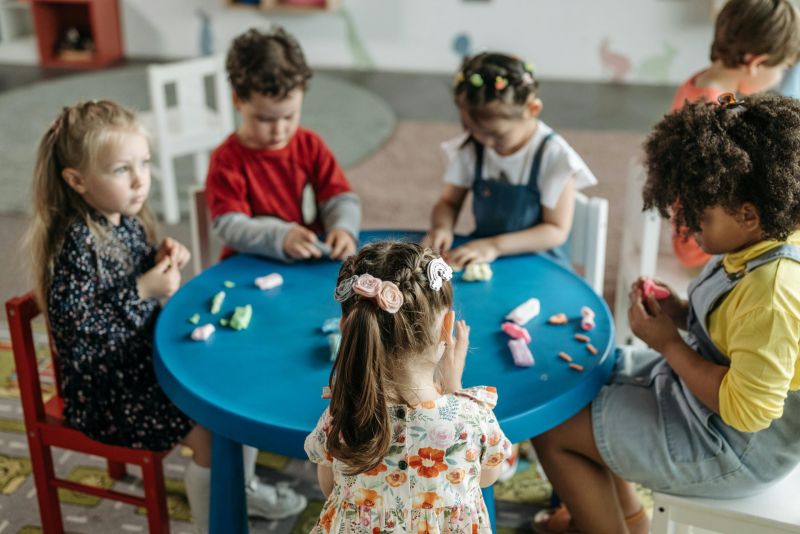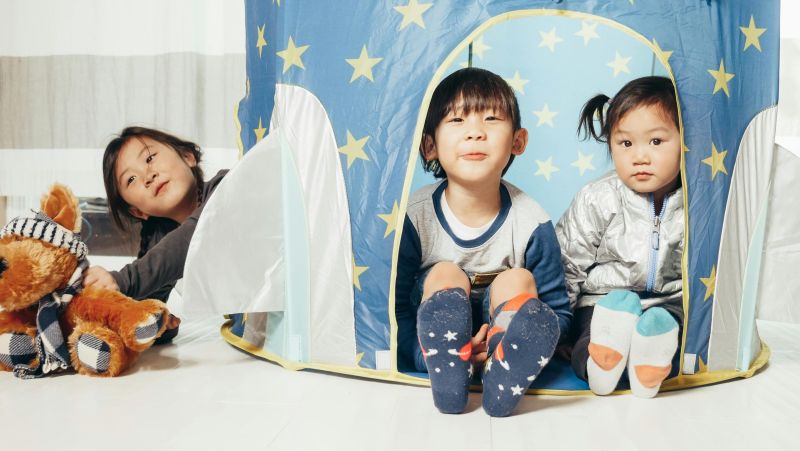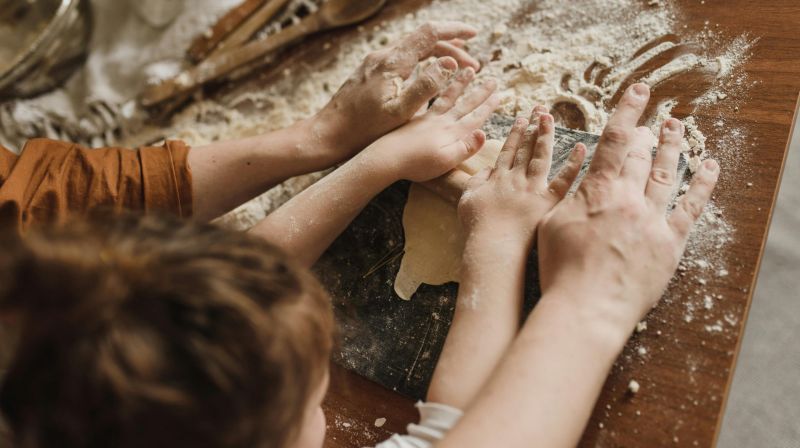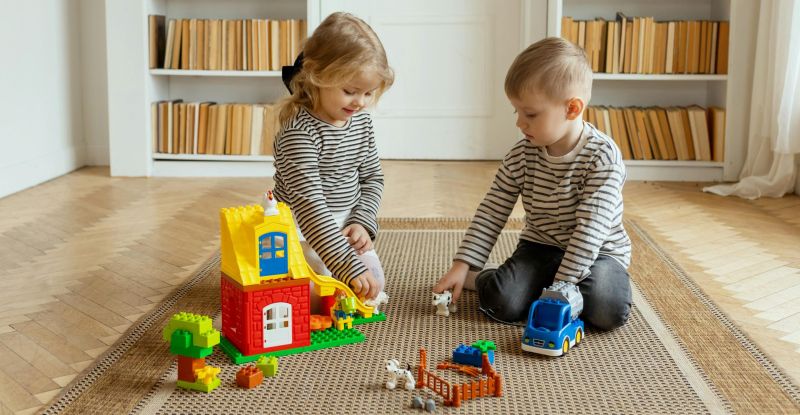Developing Imaginative and Creative Play Opportunities
By Yasmin Mukadam
Imaginative and creative play is a natural and essential way for children to learn about the world around them. It engages the whole body and mind — from sensory exploration to fine and gross motor skills — helping children express themselves both verbally and non-verbally. Through play, children use their muscles, activate their senses, and interact with their environment, all of which support healthy physical growth and neurological development.
As we step into spring and look ahead to Earth Day, it’s the perfect time to refresh play opportunities with nature-inspired themes and creative spaces that encourage development — away from screens and into the world of imagination.
Imaginative and creative play is a natural and essential way for children to learn about the world around them. It engages the whole body and mind — from sensory exploration to fine and gross motor skills — helping children express themselves both verbally and non-verbally. Through play, children use their muscles, activate their senses, and interact with their environment, all of which support healthy physical growth and neurological development.
As we step into spring and look ahead to Earth Day, it’s the perfect time to refresh play opportunities with nature-inspired themes and creative spaces that encourage development — away from screens and into the world of imagination.

🌍 Imaginative Role Play and Creative Set-Ups
Outer Space:
Children can become astronauts, aliens, or even the first explorers on a newly discovered planet. Use recycled materials to create a spaceship and different “space stations.” Encourage missions to explore imaginary worlds or defend Earth — an opportunity to blend science, storytelling, and problem-solving. This kind of play encourages spatial reasoning, social interaction, and abstract thinking.
Doctor’s Office, Hospital or Veterinary Clinic:
Use this scenario to introduce the roles of different medical professionals, alongside the basics of first aid. Support children in creating a GP surgery or vet clinic using dolls, soft toys, and play medical kits. Add paper forms, cardboard x-ray machines, and even make a waiting area. This environment supports empathy, role understanding, and early literacy through mark-making.
Restaurant:
Creating a play restaurant or kitchen lets children explore familiar routines and social structures, while also building numeracy and literacy. Provide props like plates, play food, and empty boxes. They can design menus, take orders, and role-play as chefs or waitstaff. This type of role play helps them understand sequencing, cooperation, and daily life routines.

🎨 Creative Arts and Messy Exploration
Drawing & Craft Activities:
Designate a space filled with varied materials — felt pens, crayons, glue, feathers, ribbons, and recycled items. Offer different paper types and colours. Encourage open-ended creation: cards, collages, models. Creative arts strengthen fine motor development, self-expression, and executive functioning.
Messy Play:
Offer an area where children can freely explore with water, sand, foam, paint, pasta, clay and more. This form of sensory play is deeply therapeutic, fostering emotional regulation while building cognitive understanding of texture, form, and cause-and-effect.
Painting & Playdough:
Both painting and modelling support expressive freedom. Provide a variety of brush sizes, colours, tools, and natural materials (leaves, sticks, flowers) to enrich the creative process. Making their own playdough with natural dyes or seasonal scents adds a further sensory element, encouraging focus and imaginative play.

🌱 Construction and Small World Play
Construction and small world activities allow children to build narratives, experiment with structures, and explore real-world systems in miniature form. Some useful props include:
-
Nature-themed sets: farm animals, insects, sea creatures, birds — perfect for spring and Earth Day themes.
-
Transport and emergency vehicles: cars, boats, helicopters, ambulances, trains.
-
Building materials: blocks, LEGO®, wooden shapes — ideal for creating environments or infrastructure.
-
Role play resources: toolkits, telephones, laptops, dressing-up costumes, soft toys.
These materials allow children to explore physical and social dynamics, practice sequencing and logical thinking, and develop symbolic play — a precursor to advanced cognitive development.

Creative and imaginative play is not simply enjoyable; it is essential. It builds a child’s confidence in expressing themselves, nurtures their emotional intelligence, and supports foundational learning in literacy, numeracy, science, and the arts — all within a safe and exploratory environment.
As adults, our role is not to direct but to observe and sensitively support, offering space and time for sustained play, while ensuring the environment is safe and appropriate to the child’s age and developmental stage. It’s important to give children the freedom to lead their own creative journeys.



